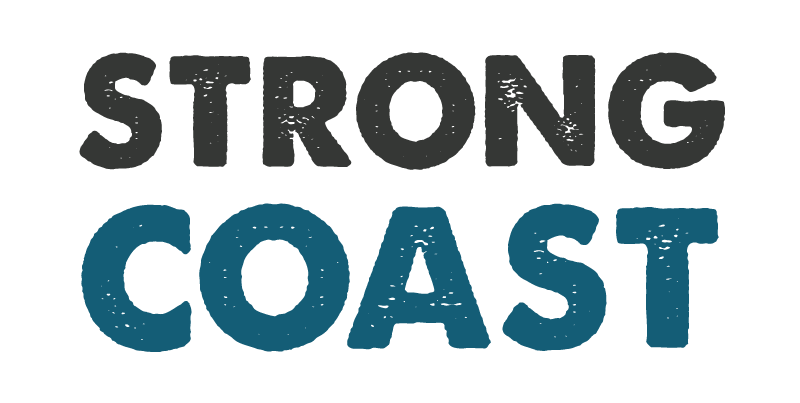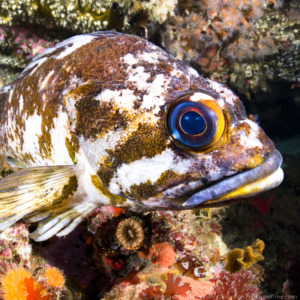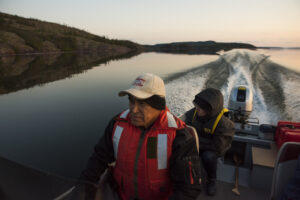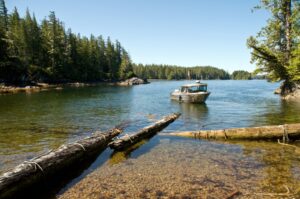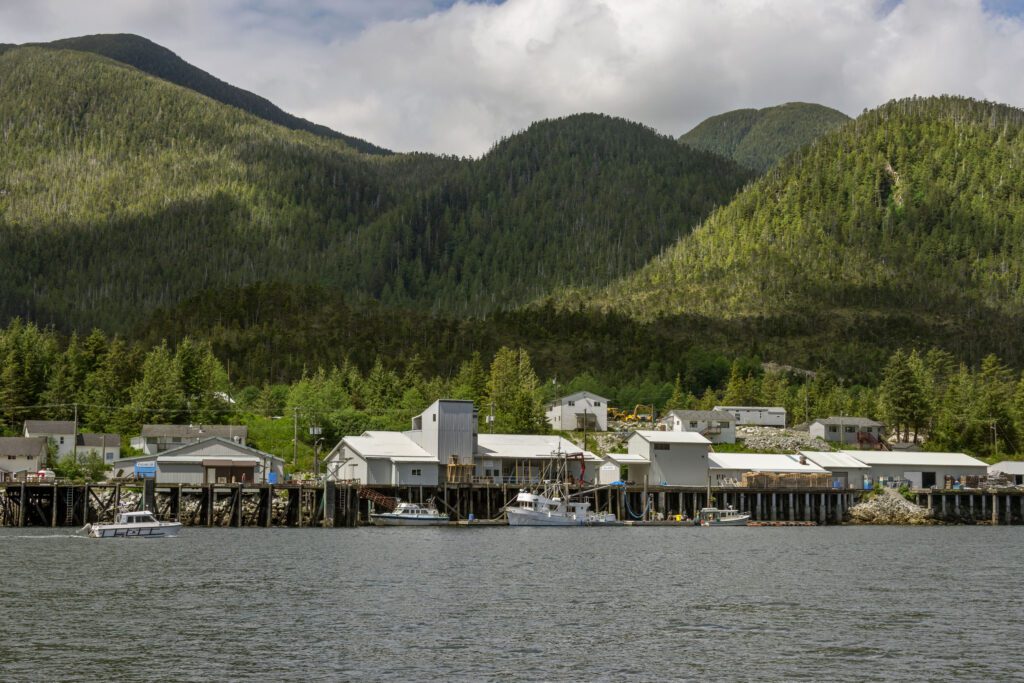
Where is the Great Bear Sea?
The Great Bear Sea is the informal term used to refer to the Pacific Ocean marine area located along the central and northern coast of British Columbia, Canada. The term used by Fisheries and Oceans Canada (DFO) for this area in relation to marine planning and conservation is the Northern Shelf Bioregion. This expansive marine ecosystem extends from the northern tip of Vancouver Island to the Alaska Panhandle, encompassing the waters adjacent to the Great Bear Rainforest, one of the world’s largest temperate rainforests.
What Makes the Great Bear Sea So Unique?
The Great Bear Sea is home to the world’s most productive temperate coastal waters, supporting abundant marine life and coastal communities. The many species found in the Great Bear Sea include over 20 species of marine mammals, such as humpback whales, orcas, fin whales, dolphins, and sea lions; hundreds of fish species, including five types of Pacific Salmon, over 80 different types of rockfish, flatfish like flounders and sole, as well as cod; a wide variety of invertebrates, including around 80 species of nudibranchs, crabs, sea stars, urchins, anemones, and shellfish; and various seagrasses, plants and coral formations.
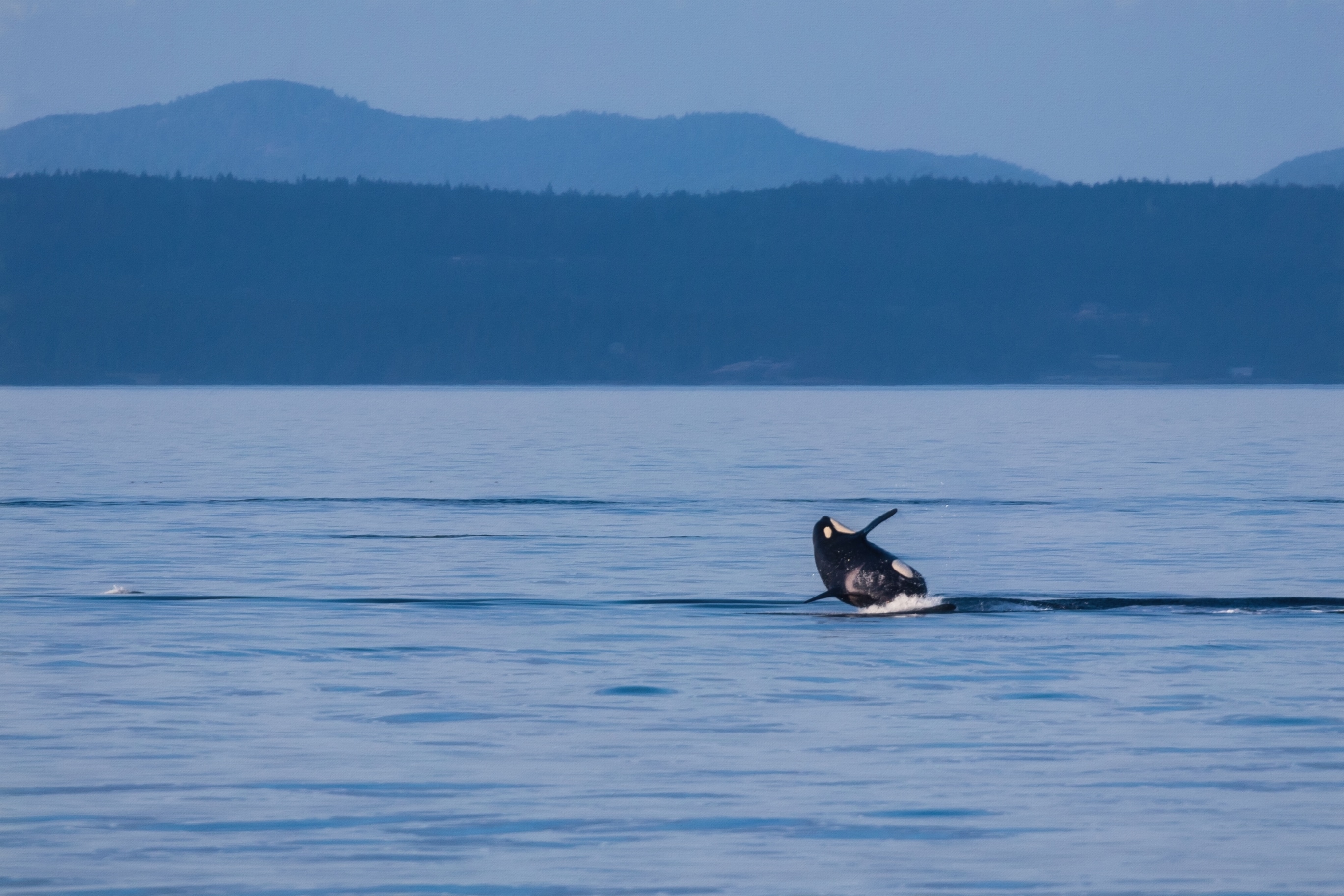
Let’s take a closer look at some of the habitats and species that can be found in the Great Bear Sea.
- Ancient glass sponge reefs are an essential habitat for keystone species such as salmon, spot prawns, rockfish, and halibut. These reefs are also efficient water filterers and an essential marine species for carbon and nitrogen cycling.
- Eelgrass beds serve as a habitat for young cod, clams, snails, crabs, sea stars, flounder, and scallops.
- Kelp forests provide protection and feeding grounds for numerous species, including herring, Pacific salmon, lingcod, Dungeness crab, prawns, shrimp, halibut, sea otters, sea urchins, rockfish, sea lions, invertebrates, and grey whales. Many of these species are commercially important, so kelp forests are vital to the economic well-being of coastal communities.
- Herring fuel the ocean, as larval and juvenile herring primarily feed on plankton, which is abundant but dispersed and not directly accessible to larger predators, into concentrated, mobile energy in the form of their biomass. Therefore, as herring are prey for many marine species, including Pacific salmon, these species are effectively tapping into the energy the herring have accumulated from plankton. This transfer of energy from plankton, through herring, to higher trophic levels is a fundamental process in marine food webs.
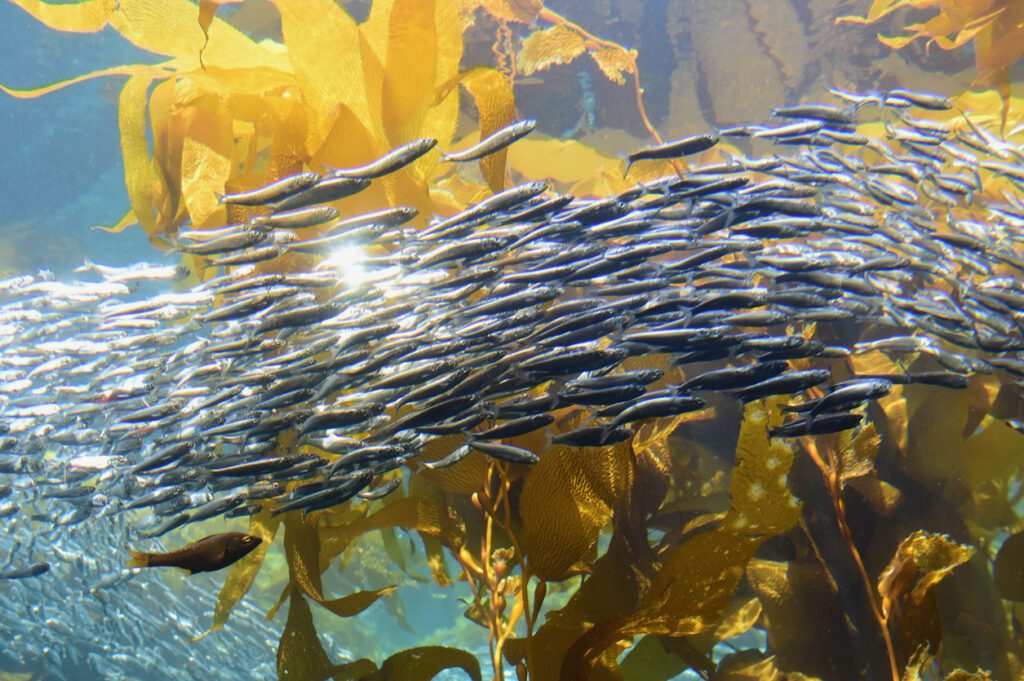
The Economic Importance of the Great Bear Sea
The Great Bear Sea holds significant economic importance for BC. For centuries, it has provided crucial support to coastal communities and First Nations that have benefitted from its resource abundance. The cultivation of a sustainable relationship between the Great Bear Sea’s resources and economic activity will be crucial to ensuring the longevity of coastal communities.
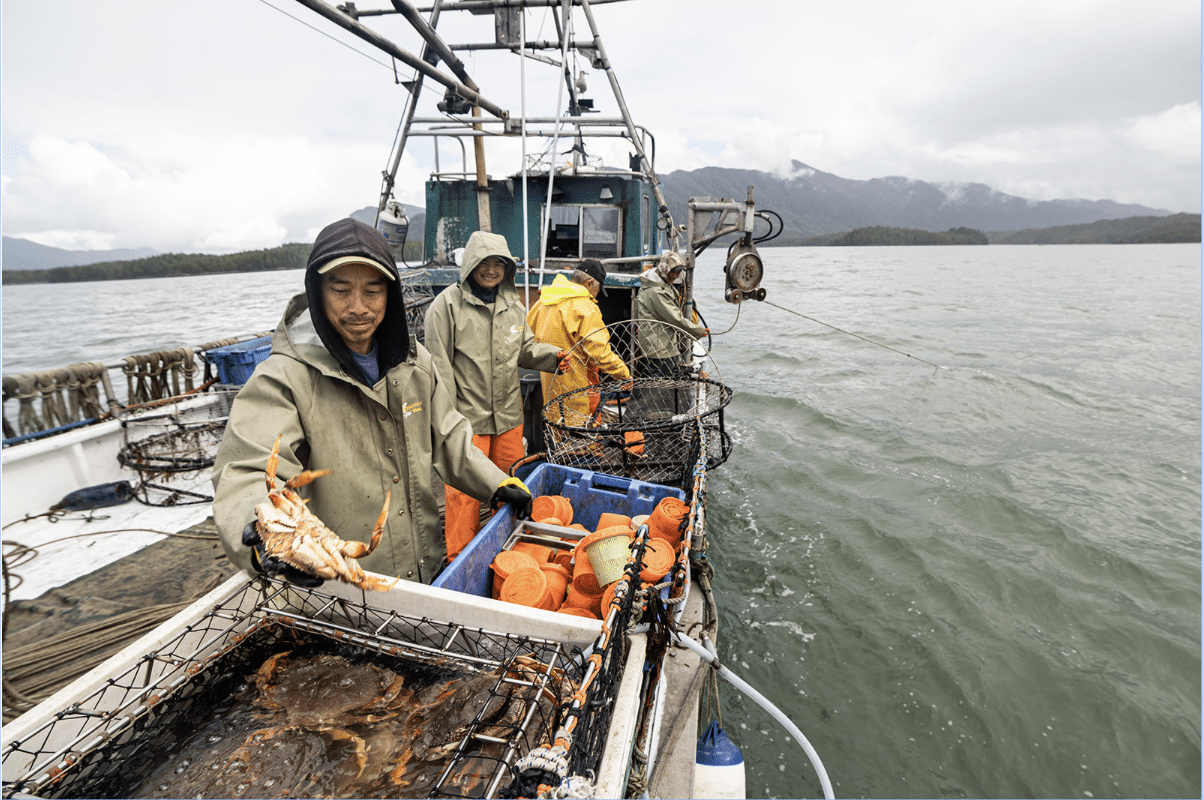
Here are some of the industries that contribute to the economic value of this area:
1. Fisheries: The Great Bear Sea is home to valuable fisheries, including salmon, herring, halibut, cod, and shellfish. Indigenous Peoples have sustainably fished in this region from time immemorial. However, certain commercial fishing practices, such as bottom trawling, can have destructive impacts on the Great Bear Sea’s ecosystem, and management of these practices is key to ensuring that the area can continue to thrive as a resource provider for local fisheries.
2. Tourism: The natural beauty and rich biodiversity of the Great Bear Sea attract tourists from around the world. Activities such as wildlife viewing, whale watching, kayaking, and eco-tourism contribute significantly to the local economy. Visitors come to experience the wilderness, Indigenous cultural tours, and opportunities to spot wildlife like bears and killer whales.
3. Research and Education: The area’s unique marine ecosystems and rich biodiversity make it a valuable location for scientific research and education. Research institutions and universities conduct studies here, creating opportunities for research-related economic activities.
4. Conservation: The establishment of conservation initiatives, including Marine Protected Areas (MPAs) and sustainable resource management practices, not only contributes to ecological health but also supports the creation of eco-friendly jobs through the training of Indigenous Guardians.
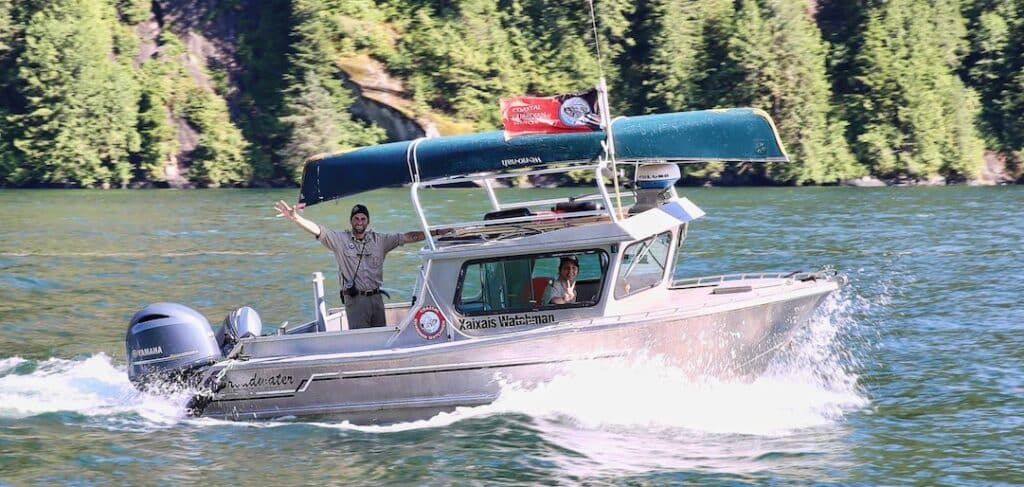
It’s important to note that the economic importance of the Great Bear Sea is closely linked to its environmental health and sustainability. Many stakeholders in the region, including Indigenous communities, environmental organizations, and government bodies, work together to balance economic activities with conservation efforts to ensure the long-term well-being of this valuable marine ecosystem. If overfishing and other harmful activities continue on the Great Bear Sea coast, the results will be devastating for coastal communities and the coastal economy.
Why Does the Great Bear Sea Need to be Protected?
The historical biodiversity and abundance of the Great Bear Sea has attracted industrial fishing, which has caused habitat destruction and a decline in species numbers and ecosystem health. For instance, First Nations’ access to sockeye and Chinook is down 82% and 66%, respectively. The DFO recently revealed that in the 2023 Option A groundfish trawl tossed away over 28,000 salmon as bycatch. Current industrial fishing practices are proving to be unsustainable and have put more than 30 species at risk, including salmon, herring, northern abalone, killer whales, blue whales, basking sharks, sei whales, yelloweye rockfish, and ancient glass sponge reefs.
Moreover, First Nations have lived on the Great Bear Coast for millennia and are connected to the land and waters they have stewarded and sustained for generations. The decline of the Great Bear Coast’s health negatively impacts the economic and cultural health of many First Nation coastal communities.
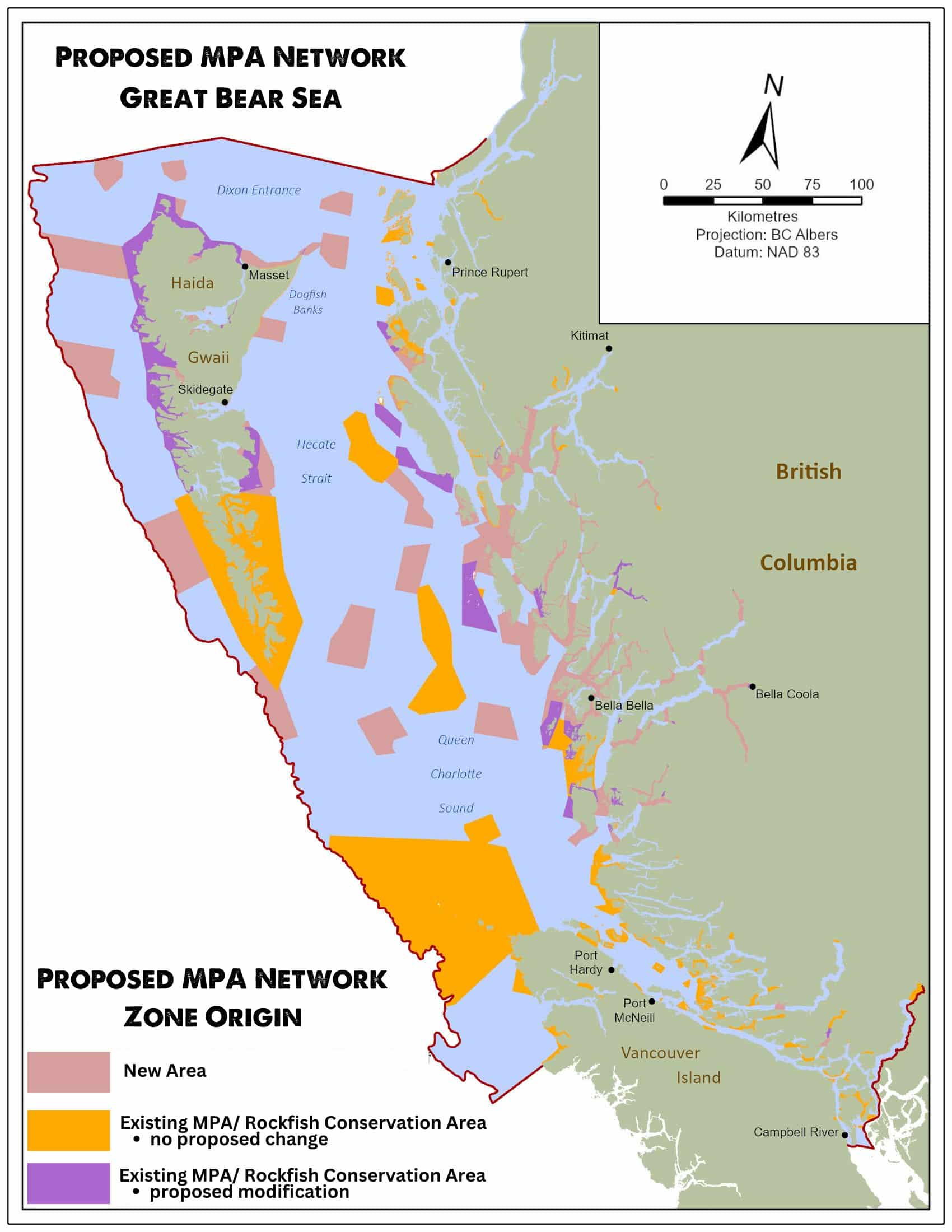
A Marine Protected Area Network for the Great Bear Sea
Coastal First Nations (CFN) has joined the federal and British Columbian governments in working towards the Great Bear Sea Marine Protected Area Network, which will cover 30% of the Great Bear Sea. Marine protected areas (MPAs) are designated areas of the ocean protected from activities, such as industrial fishing, bottom trawling, and shipping. An MPA network is a collection of individual MPAs. A well-managed MPA network increases ecosystem health, productivity, and sustainability by protecting critical fish, marine life, and animal habitats. Well-managed MPAs are proven to significantly increase fish numbers and size within their boundaries.
Moreover, numerous studies have found strong evidence of the spillover effect, when fish become so abundant within a protected area that they spill over into surrounding unprotected areas, such as fishing grounds. Significant evidence illustrates that the spillover effect increases overall catch biomass, meaning that marine protected areas facilitate sustainable fisheries and economic prosperity in coastal communities. Without the prosperity of these communities, BC’s coastal economy will suffer in the years to come.
Conclusion
The Great Bear Sea is teeming with marine life. However, industrial fisheries and other harmful activities risk leaving the Great Bear Sea a dead zone if these threats are not dealt with. It seems that one effective way to deal with these threats while simultaneously creating sustainable fisheries and prospering coastal communities is establishing the Great Bear Sea Marine Protected Area Network.
